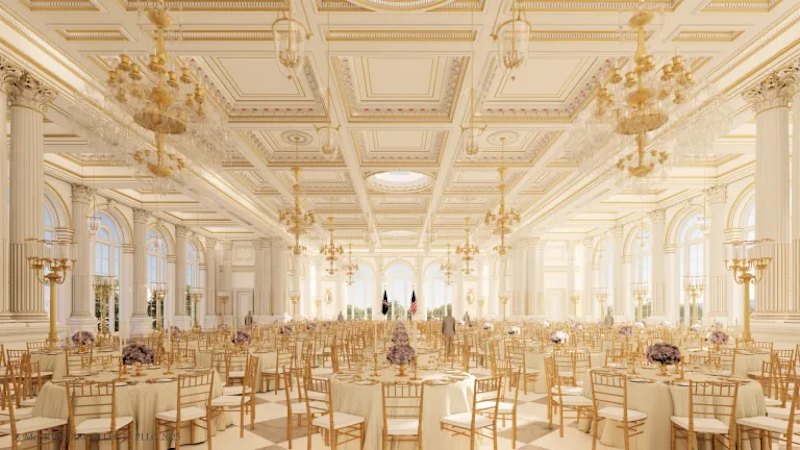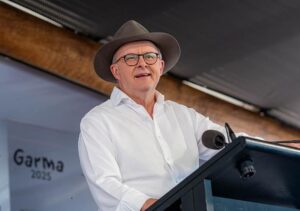
Plans for a new state ballroom at the White House, costing approximately $309 million, have been announced by President Donald Trump. This ambitious project, which aims to transform the East Wing into a 90,000-square-foot space, marks one of the largest renovations to the historic building in decades. The ballroom is designed to accommodate around 650 guests, significantly increasing the capacity for events compared to the existing East Room.
The project is set to commence in September 2023, with an anticipated completion before the end of Trump’s term. White House Press Secretary Karoline Leavitt indicated that funding will come from Trump and other private donors, although details regarding the financial arrangements remain undisclosed.
Design and Legacy Considerations
Trump has expressed a strong desire to leave a lasting legacy, hoping that the new ballroom will serve as a venue for hosting world leaders without the need for temporary structures on the White House South Lawn. He stated, “We’re good at building. I’m good at building things, and we’ll get it built quickly and on time. It’ll be beautiful — top of the line.”
According to images released by the White House, the ballroom is envisioned to reflect the opulent style of Mar-a-Lago, Trump’s Florida residence. Features are expected to include golden chandeliers and elegantly furnished tables. Leavitt emphasized that while the ballroom will be separate from the main building, its architectural theme will closely align with the White House’s traditional aesthetic.
Presidential historian Douglas Brinkley noted that this renovation could solidify Trump’s identity as the “builder president.” He remarked, “It has the potential to be a plus if the design of this ballroom is done well, but if it’s done in a ridiculously lavish, gold-plate style that is simply a reflection on Trump, it might backfire.”
Ethics and Funding Concerns
While the project has the potential to enhance the White House’s functionality for official events, it raises questions about conflicts of interest and ethical implications. Critics, including former White House ethics lawyer Richard W. Painter, have voiced concerns regarding the funding process. Painter pointed out that the renovation opens avenues for donors seeking favor with the administration, stating, “People who want to be in good with the president are going to write cheques.”
Concerns have also been raised about the procurement process for the construction firms involved. The administration has selected McCrery Architects, Clark Construction, and AECOM for the project; however, there has been no indication of a competitive contracting process being utilized.
As Trump embraces this significant renovation, it appears to coincide with his broader agenda of reshaping governmental institutions in his image. The announcement comes shortly after Trump criticized the cost of a separate modernization project for older federal buildings, highlighting the financial implications of large-scale renovations.
The ballroom project, while ambitious, encapsulates the ongoing dialogue about transparency, ethics, and legacy within the Trump administration. As construction is set to begin, the impact of this grand vision on both the White House and Trump’s legacy will be closely observed.






